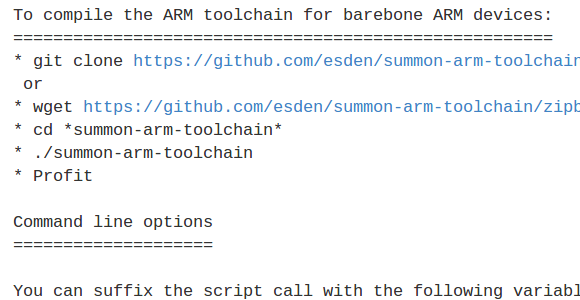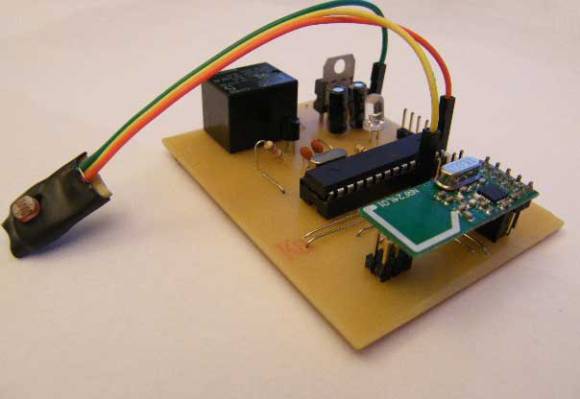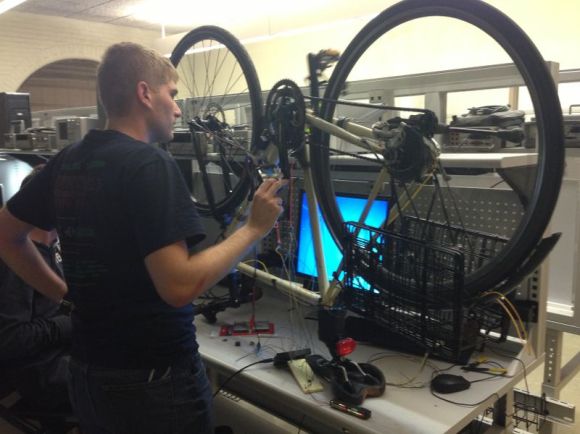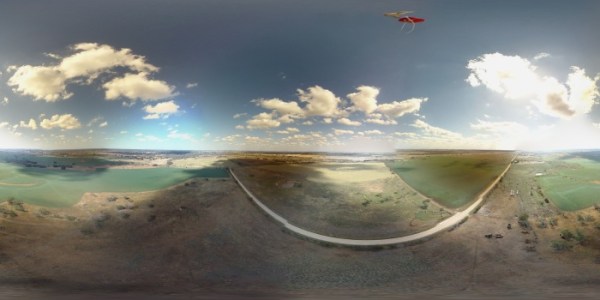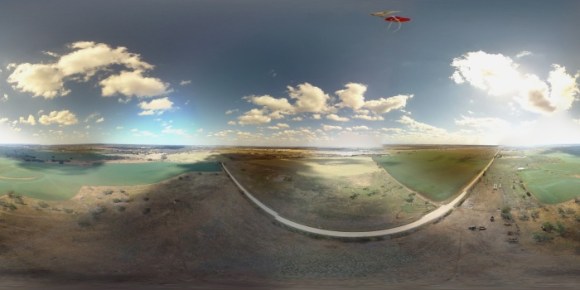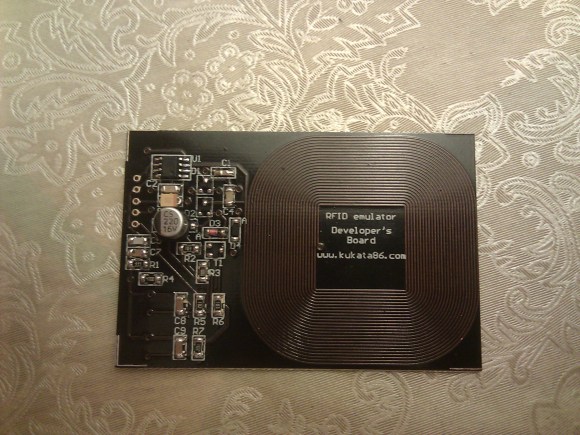
This RFID card has a lot of nice features. But the one that stands out the most is the ability to learn the code from anther RFID tag or card.
You can see that the board includes an etched coil to interact with an RFID reader. This is the sole source of power for the device, letting it pick up enough induced current from the reader to power the PIC 12F683 seen on the upper left of the board. The underside of the PCB hosts just three components: an LED and two switches. One of the switches puts the device in learning mode. Just hold down that button as you move the board into the magnetic field of the reader. While in learning mode a second RFID tag is held up to the reader. It will identify itself and the emulator will capture the code sent during that interaction. This is all shown of in the video after the break. We wonder how hard it would be to make a version that can store several different codes selected by holding down a different button as the emulator is held up to the reader?
If you want to build your own card reader too here’s a project that does it from scratch.
Continue reading “RFID Emulator Card Includes A Learning Mode”

